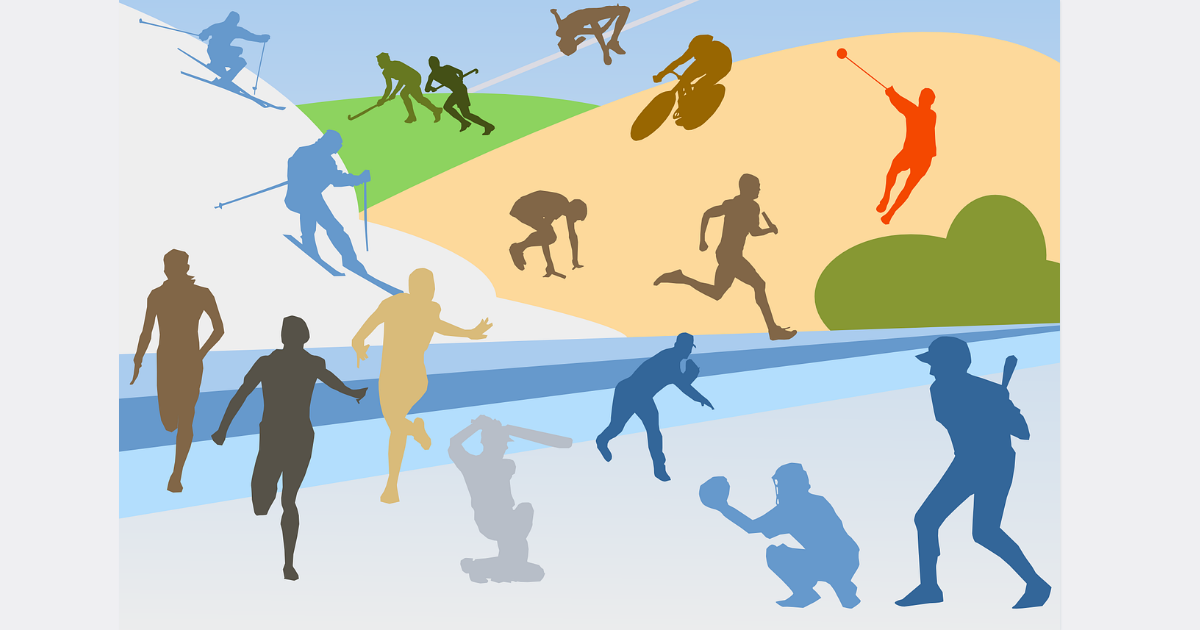- 2.5Impact Factor
- 5.5CiteScore
- 20 daysTime to First Decision
Performance Analysis and Training Process in Sports: Bridging Science and Practice
This special issue belongs to the section “Applied Biosciences and Bioengineering“.
Special Issue Information
Dear Colleagues,
One of the most important areas within Sports Science in the last few years has been the optimization of sport performance. In addition, the type of training that athletes follow during different training periods throughout a year-round training plan, as well as the development of training with new equipment, practical methods with new training practices and the control of training by new technologies may help coaches and athletes to further optimize their performance.
This Special Issue aims to compile the latest training strategies or practices, the development of training with new equipment and technological applications in this area and to open a forum where people from academia and the sports industry can propose new training strategies for the following potential topics:
- Acute and chronic effects of training on health and sports performance;
- Methodological considerations in the training process for individual and team sports;
- Innovative equipment for measuring and analyzing performance in individual and team sports;
- Monitoring training load in athletes and para-athletes;
- Assessing sleep and wellness in athletes and para-athletes.
We encourage submissions that address gender diversity and include high-performance samples/volunteers across genders, both in Summer and Winter Sports. Additionally, we seek contributions that adopt an integrated approach to providing holistic solutions to complex problems within sports training. Join us in advancing our collective understanding of sports training as we strive to optimize sports performance.
Dr. Gavriil George Arsoniadis
Dr. Rodrigo Zacca
Guest Editors
Manuscript Submission Information
Manuscripts should be submitted online at www.mdpi.com by registering and logging in to this website. Once you are registered, click here to go to the submission form. Manuscripts can be submitted until the deadline. All submissions that pass pre-check are peer-reviewed. Accepted papers will be published continuously in the journal (as soon as accepted) and will be listed together on the special issue website. Research articles, review articles as well as short communications are invited. For planned papers, a title and short abstract (about 250 words) can be sent to the Editorial Office for assessment.
Submitted manuscripts should not have been published previously, nor be under consideration for publication elsewhere (except conference proceedings papers). All manuscripts are thoroughly refereed through a single-blind peer-review process. A guide for authors and other relevant information for submission of manuscripts is available on the Instructions for Authors page. Applied Sciences is an international peer-reviewed open access semimonthly journal published by MDPI.
Please visit the Instructions for Authors page before submitting a manuscript. The Article Processing Charge (APC) for publication in this open access journal is 2400 CHF (Swiss Francs). Submitted papers should be well formatted and use good English. Authors may use MDPI's English editing service prior to publication or during author revisions.
Keywords
- training methods
- training and testing
- performance analysis
- training monitoring
- individual and team sports

Benefits of Publishing in a Special Issue
- Ease of navigation: Grouping papers by topic helps scholars navigate broad scope journals more efficiently.
- Greater discoverability: Special Issues support the reach and impact of scientific research. Articles in Special Issues are more discoverable and cited more frequently.
- Expansion of research network: Special Issues facilitate connections among authors, fostering scientific collaborations.
- External promotion: Articles in Special Issues are often promoted through the journal's social media, increasing their visibility.
- e-Book format: Special Issues with more than 10 articles can be published as dedicated e-books, ensuring wide and rapid dissemination.

